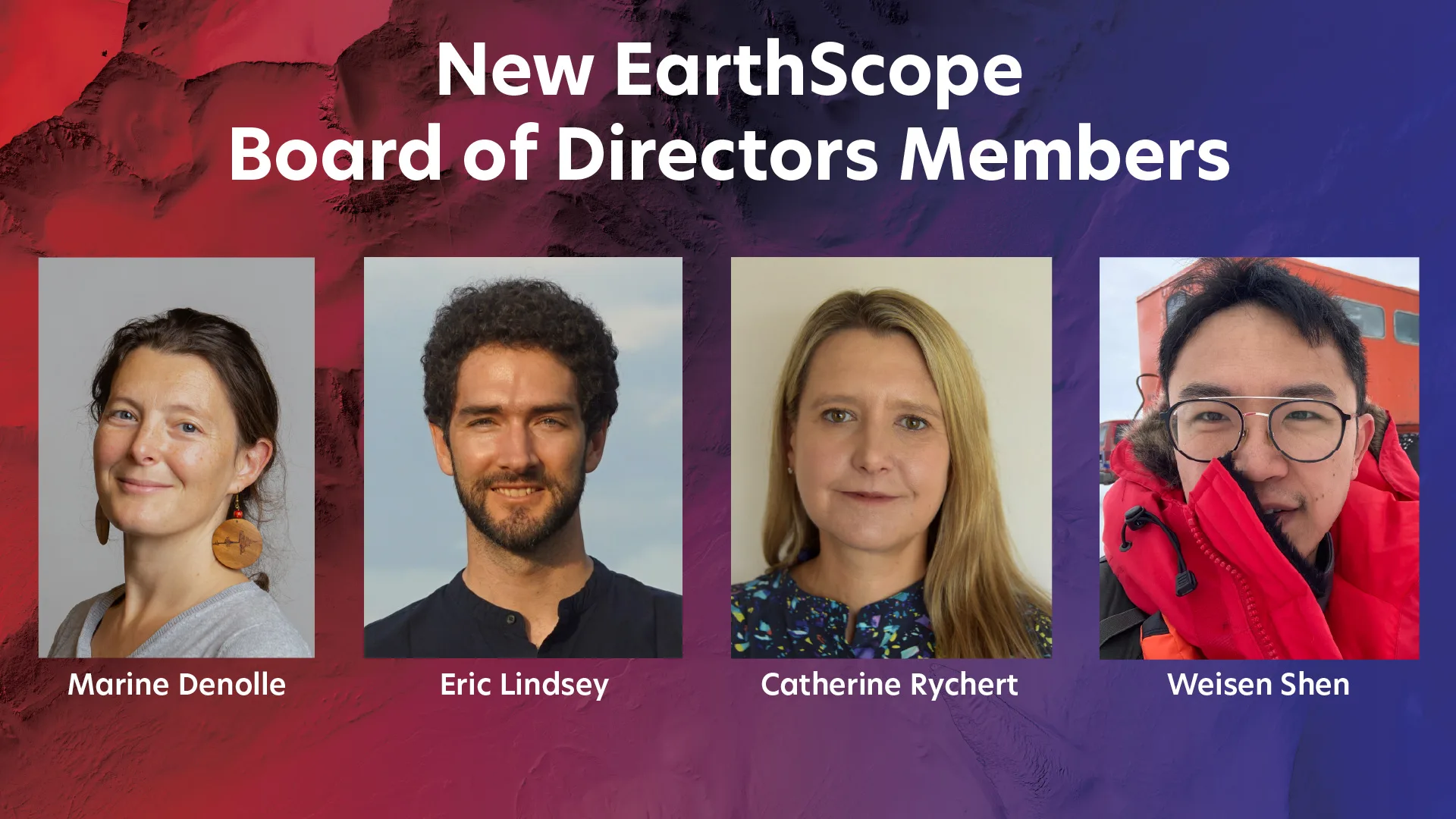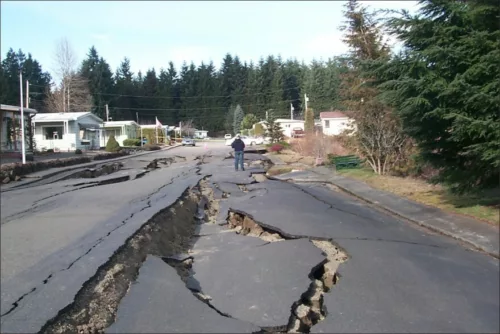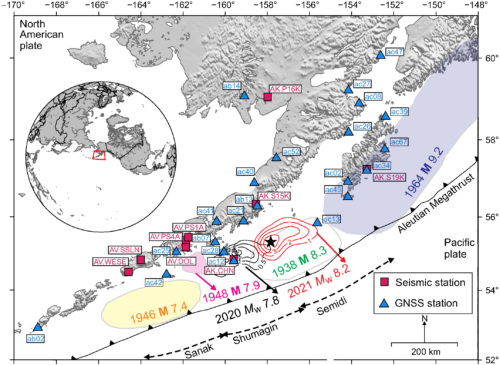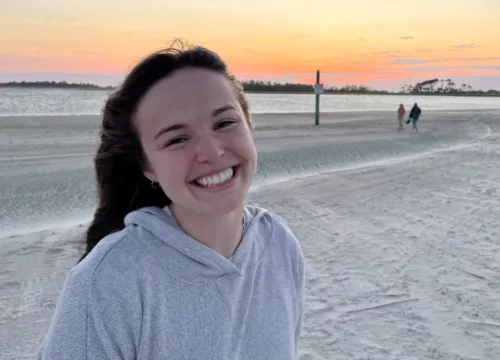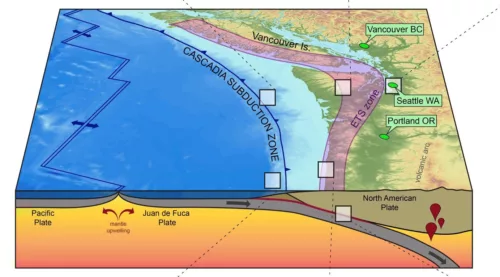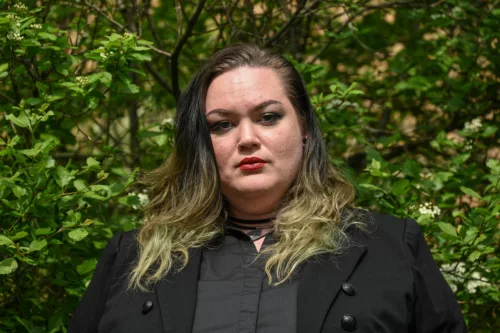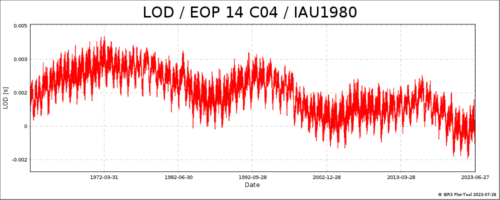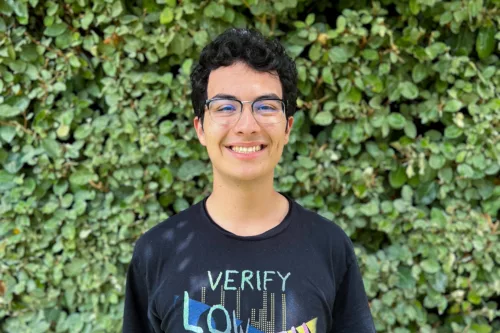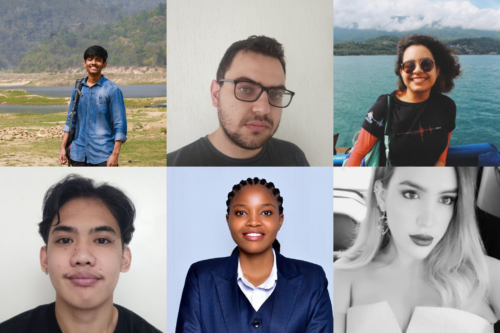
International Undergraduate Interns Gain Skills and Mentorship in Seismology and Geodesy
This summer, EarthScope hosted seven students as part of the International Undergraduate Internship for Seismology and Geodesy Skills Building. Interns from six different countries spent the summer working virtually on a seismology or geodesy research project.


